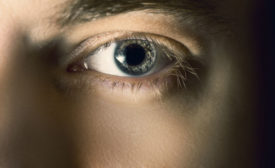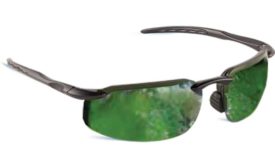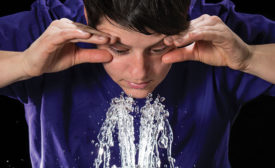Home » eye injuries
Articles Tagged with ''eye injuries''
3 most common workplace eye injuries — and how to avoid them
March is Workplace Eye Wellness Month
March 1, 2019
Irrigate eyes like medical pros
Introduce the flushing fluid at the inner corner of the eye
June 13, 2018
Never miss the latest news and trends driving the safety industry
eNewsletter | Website | eMagazine
JOIN TODAYCopyright ©2024. All Rights Reserved BNP Media.
Design, CMS, Hosting & Web Development :: ePublishing









